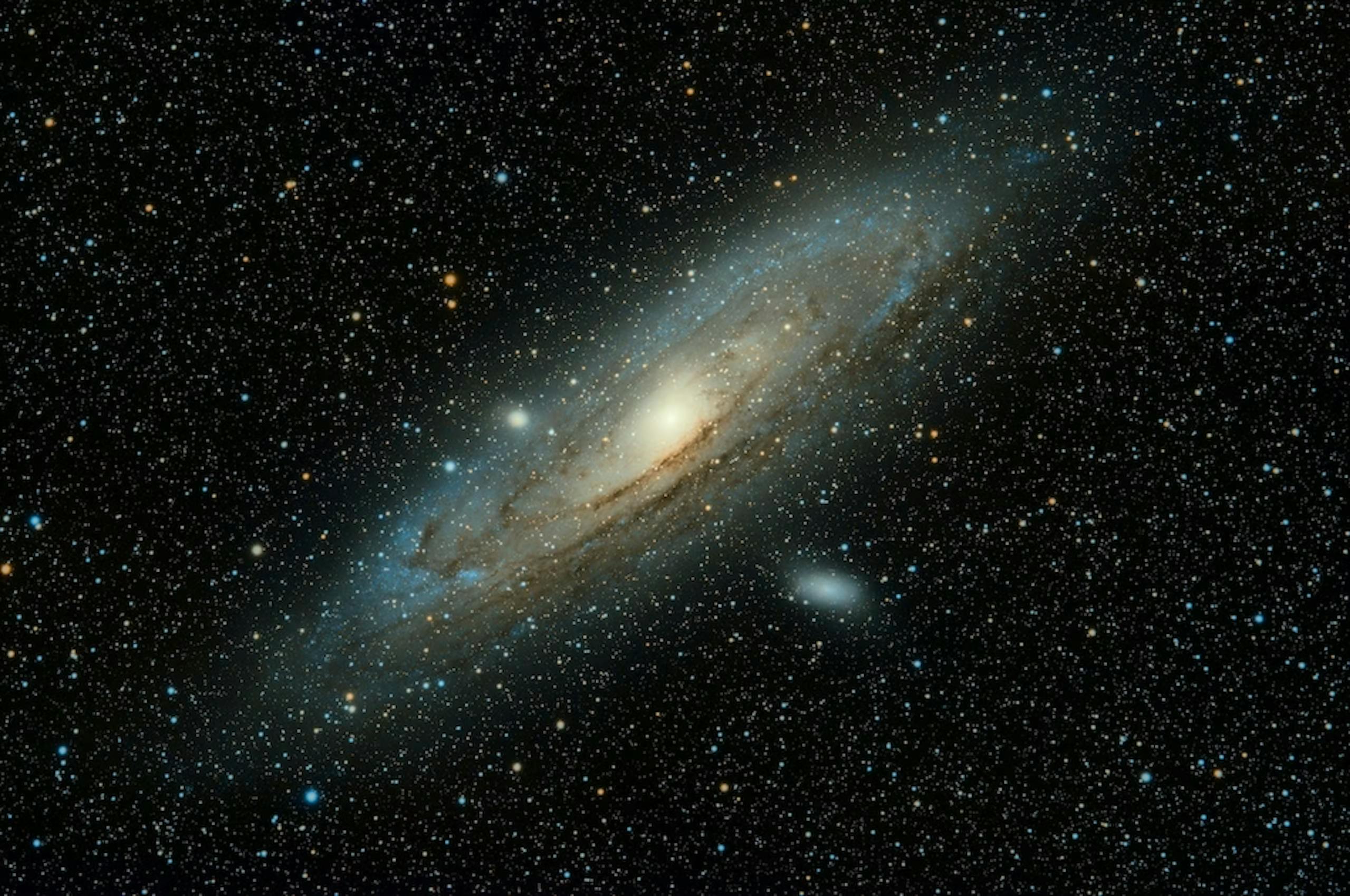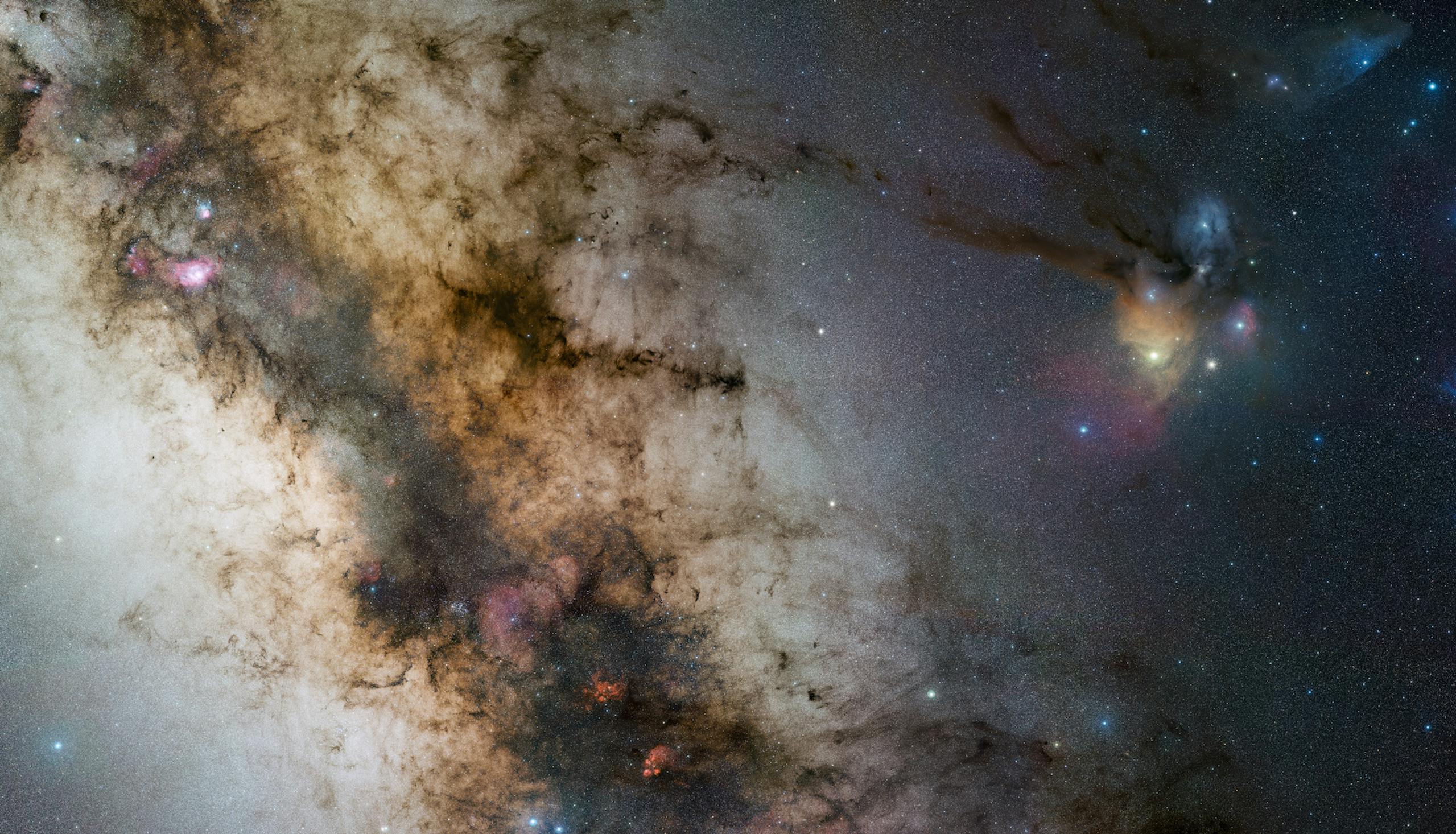
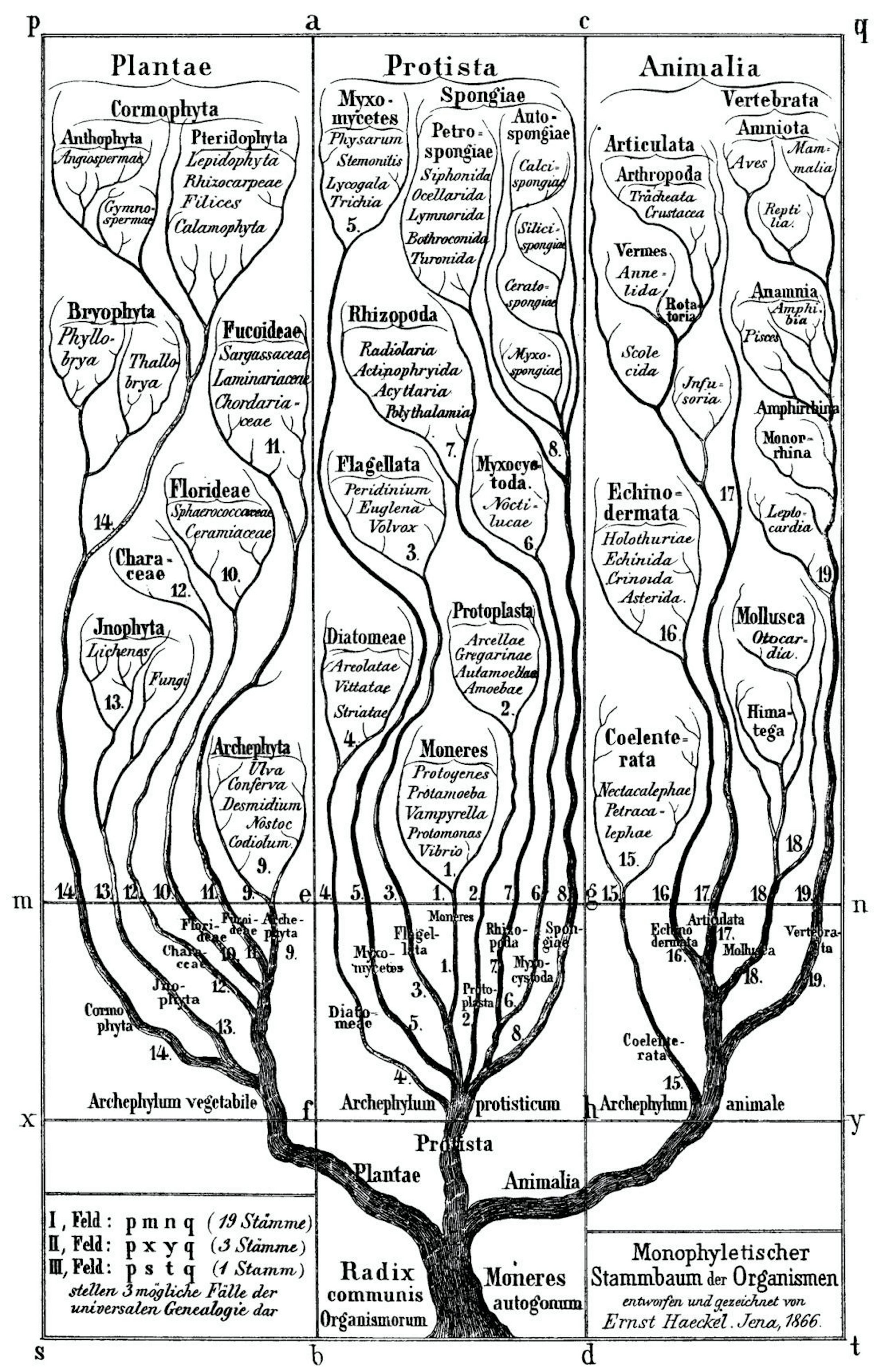
Ernst Haeckel, Generelle Morphologie der Organismen, 1866
As part of the in-depth study of the themes of Unknown Unknowns. An Introduction to Mysteries, 23rd Triennale International Exhibition, since June 2021 we have involved researchers, PhD students and undergraduates from universities in Milan and the network of foreign communities in a series of meetings and seminars organized and coordinated by Pupak Tahereh Bashirrad, architect and PhD.
Article by Luca Bonacina and Pietro Tirozzi from the PhD Course in Chemical, Geological and Environmental Sciences, University of Milano-Bicocca. The activity was carried out under the supervision of Prof. Andrea Franzetti.
As PhD students of Environmental Sciences we addressed the theme "Unknown Unknowns, an introduction to mysteries", focusing on biodiversity as a set of living organisms that inhabit and have inhabited the Earth.Since ancient times, Biology has been concerned with giving a name to the varieties of living beings, trying to define the distinctive features of each being and the degree of kinship between them. The first classification of the living world dates back to Aristotle (343 BC) who in the Historia animalium elaborates a description of animals according to a rigid linear hierarchy based on twelve levels of increasing complexity, from plants to man, which takes the name of scalenaturae. Aristotle's fixist scalism has an enormous cultural impact remaining until the 18th century when the first transformist and evolutionist conceptions of the natural world are proposed.
The classification of animals for Aristotle and for the following centuries is based on objective structural characteristics such as anatomy and physiology. The first scientist to carry out a broad systematic classification of the living beings is Carl Linnaeus who published Systemanaturae in 1758. In his work, Linnaeus classified almost 6000 plant species and 4400 animal species according to the binomial nomenclature system. Linnaeus' classification is based on hierarchical levels in which the basic unit is the SPECIES, defined by direct observation of the morphological features.

Carl Linneus, Systema naturae, 1758
With the advent of evolutionary theories, it was understood that morphological traits do not constitute a unique and universal criterion for the identification of the species as it is not a static entity but changes over time and space. The taxonomic hierarchy has become a tool to reconstruct the history of life on Earth, or how organisms have evolved and diversified. Through the observation of traces of life (e.g., fossils, pollen) it was also possible to know extinct organisms and place them chronologically in the tree of life.
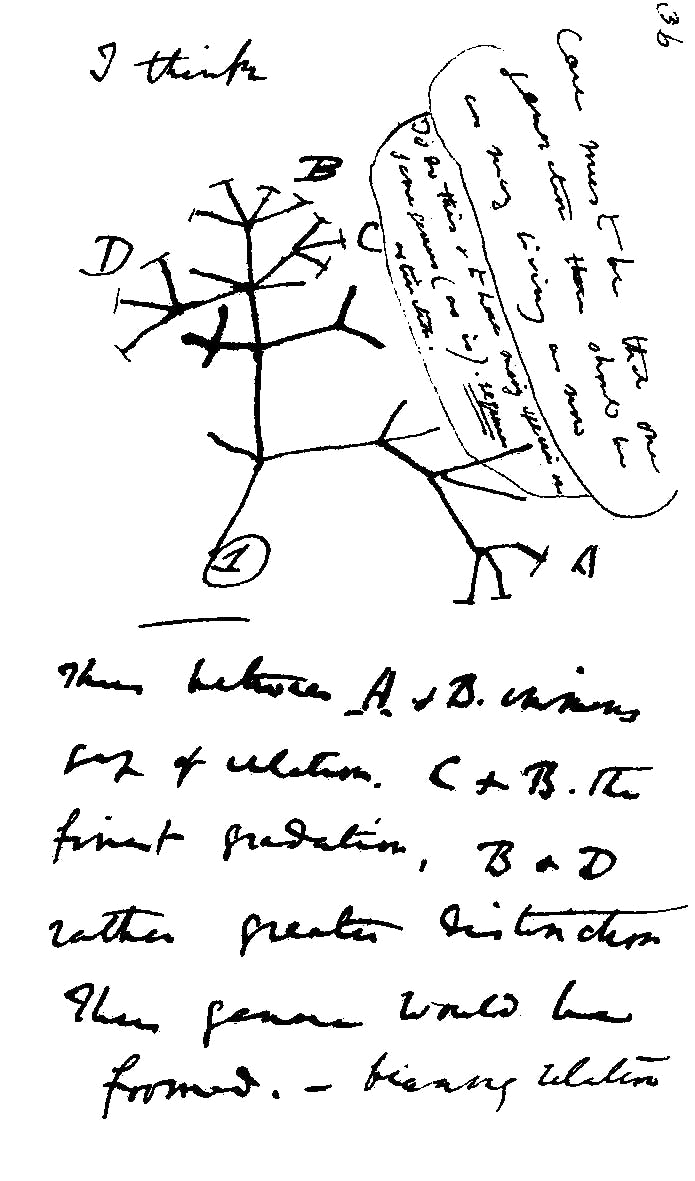
Charles Darwin, sketch of a phylogenetic tree contained in First Notebook on the Transmutation of the Species, 1937
Nevertheless, morphological traits are not always sufficient to define the species. There are very similar organisms which are not inter-fertile and therefore do not belong to the same species or, on the contrary, there are very different organisms that are inter-fertile. The current definition of species, formulated by Mayr in 1942, is in fact based on inter-fertility and postulates that “the species is represented by those individuals who, by crossing each other, potentially generate an unlimitedly fertile offspring”. The advent of molecular genetics and recent technological advances in metagenomics have also made possible extending the classification of biodiversity by taking into consideration all those living beings that escaped direct observation and/or that do not reproduce sexually (especially microorganisms). Genomic studies allowed to know and analyze very particular living organisms that, for example, live in the depths of the oceans, in the ices and in volcanic craters.The first living forms appeared in depths of the sea and a large part of biodiversity characterizing these environments is still unknown since they are not very accessible by traditional means.
Metagenomic techniques have been essential to reconstruct a new tree of life that includes thousands of bacteria until recently completely unknown and still without a scientific name (Candidate Phyla Radiation) (Hug, 2016). In fact, a part of the new tree is still completely unknown as evolution has gone far beyond our ability to understand it.
A question that has often arisen in the history of biology concerns the quantification of known biodiversity. The simplest way to answer is to count the different species that have been classified. A further step is to try to quantify the biodiversity that is not known, thus trying to estimate the species that have not yet been observed and studied. Various methods have been proposed which give approximate results with a considerable uncertainty range. Currently just under 2 million species are known while those estimated range from 4 to 12 million (Mora, 2011).
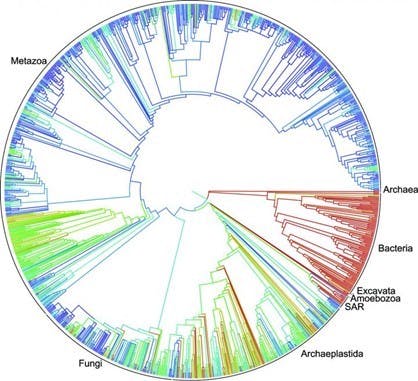
C. Hinchliff et al. "Synthesis of Phylogeny and Taxonomy Into a Comprehensive Tree of Life", PNAS, 2015.
Throughout the history of Earth, living beings have succeeded one another on the planet, some species have become extinct and others have evolved from pre-existing species. In general, it is observed that biodiversity tends to increase over time, i.e. the rate of generation of new species is higher than that of extinction. However, there have been some catastrophic events, called mass extinctions, which have decimated the number of living species (at least ¾ of the species have disappeared). There were five mass extinctions and were caused by sudden changes in environmental conditions.
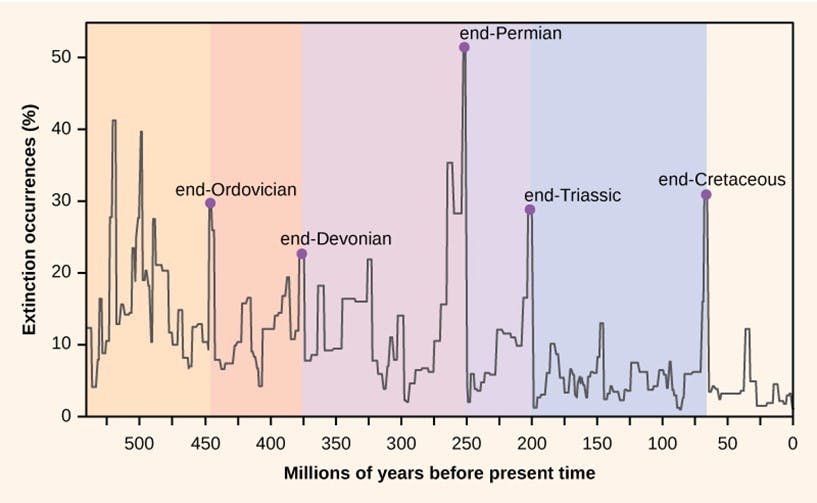
Percentage of extinct species and the five major mass extinction along the history of Earth (https://courses.lumenlearning.com/)
The sixth mass extinction is currently underway due, for the first time in the history of the planet, to the impact of a single living species, Homo sapiens. Current extinction rates are comparable, if not higher than, to those of the Cretaceous, when dinosaurs became extinct.
Hence, most of the still unknown living species will not be knowable, because they will become extinct before humanity can study and classify them. Homo sapiens, a species that descends from the survivors of mass extinctions, is currently the agent of a special mass extinction. The impossibility of being able to know most of the living species present on the planet also precludes the possibility of reconstructing part of the evolutionary history of the planet. Mentioning the words of the biologist Wilson: “If there is danger in the human trajectory, it is not so much in the survival of our own species as in the fulfillment of the ultimate irony of organic evolution: that in the instant of achieving self-understanding through the mind of man, life has doomed its most beautiful creations. And so humanity closes the door to its past behind it”.
1. Aristotele, Historia animalium. -343 a.C.
2. Carl Linaaeus, Systema natura, 1735.
3. Ernst Mayr, “Systematics and the Origin of Species, from the Viewpoint of a Zoologist”. Cambridge, Harvard University Press, 1942.
4. Hug, L. A., Baker, B. J., Anantharaman, K., Brown, C. T., Probst, A. J., Castelle, C. J., ... & Banfield, J. F., “A new view of the tree of life”. Nature microbiology, 2016.
5. Mora, C., Tittensor, D. P., Adl, S., Simpson, A. G., & Worm, B., “How many species are there on Earth and in the ocean?” PLoS biology, 2011.
6. Barnosky, A., Matzke, N., Tomiya, S. et al. “Has the Earth’s sixth mass extinction already arrived?” Nature, 2011.
7. Wilson, Edward O. “The Diversity of Life”. Questions of Science, 1999.
Related articles

Milanese Universities and Mystery.
